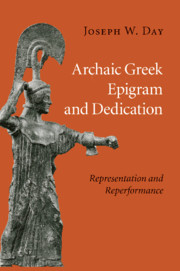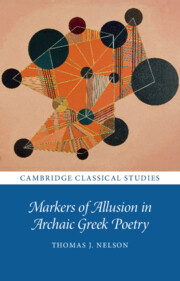Archaic Greek Epigram and Dedication
Together with sacrifice, prayer, and libation, offering dedications was a basic religious activity among ancient Greeks. By the end of the Archaic period (c. 480 B.C.), sanctuaries were bursting with dedications, including finer ones such as statues bearing epigrams. Scholarly treatments have focused on formal matters and, more recently, the function of dedications as social display. This is the first study to view dedications comprehensively as sites of ritual efficacy and, especially, to recover epigram's reflections of and contributions to that efficacy and restore it to an important place in the panorama of Greek religious practice.To reconstruct the Archaic experience of reading and viewing, the book draws on studies of traditional poetic language as resonant with immanent meaning, early Greek poetry as socially and religiously effective performance, and viewing art as an active response of aesthetic appreciation.
- Restores epigrams on dedications to an important place within Greek religion
- Re-examines key epigrams from differing perspectives in different chapters
- Translates all Greek
Reviews & endorsements
"Day's profound knowledge of the dedicatory texts and their context, together with his expertise in the field of the verse inscriptions, makes this study an enlightening, thorough and highly recommendable read."
Arctos
Product details
January 2021Paperback
9781108984850
343 pages
150 × 230 × 20 mm
0.51kg
19 b/w illus. 2 tables
Available
Table of Contents
- 1. (Re)presentation and (re)performance
- 2. Contexts of encounters and the question of reading
- 3. Presenting the dedication
- 4. Presenting the god
- 5. Presenting the dedicator
- 6. Presenting the act of dedicating.






